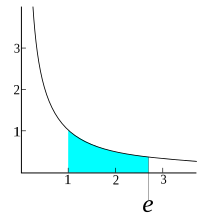
Photo from wikipedia
In order to promote the engineering application of indirect evaporative cooling (IEC) in the field of building air conditioning, as well as reduce air conditioning energy consumption and carbon emissions,… Click to show full abstract
In order to promote the engineering application of indirect evaporative cooling (IEC) in the field of building air conditioning, as well as reduce air conditioning energy consumption and carbon emissions, this paper proposes a fresh air unit using indirect evaporative cooling to achieve heat recovery from exhaust air, which gives the recommended values of air and spray water operation parameters. The indirect evaporative cooler heat and mass transfer mathematical model and numerical solution procedure were made. In summer outdoor design conditions, the fresh air outlet state parameters, cooling capacity, fresh air cooling load, wet bulb efficiency and enthalpy efficiency were numerically solved for thirty typical cities from five climate zones of China. In addition, also based on the model results for the cities in China, two representative operating conditions points of medium and high humidity were selected. Eight models of fresh air unit coolers in the air volume range of 1000–10,000 m3/h commonly used in engineering were simulated to obtain the optimal heat transfer area and size selection of ERIEC heat exchangers for fresh air units, and economic analysis was performed. The results show that the wet bulb efficiency ranges from 0.67–0.98, and increases as the outdoor design wet bulb temperature decreases; the enthalpy efficiency ranges from 0.76–1.29, and increases as the outdoor design wet bulb temperature increases; and the fresh air load that the exhaust air heat recovery type indirect evaporative cooler can bear ranges from 55–100%, which could largely decrease the cold load of the matched surface cooler. As demonstrated, the energy-saving effect is remarkable.
Journal Title: Sustainability
Year Published: 2023
Link to full text (if available)
Share on Social Media: Sign Up to like & get
recommendations!